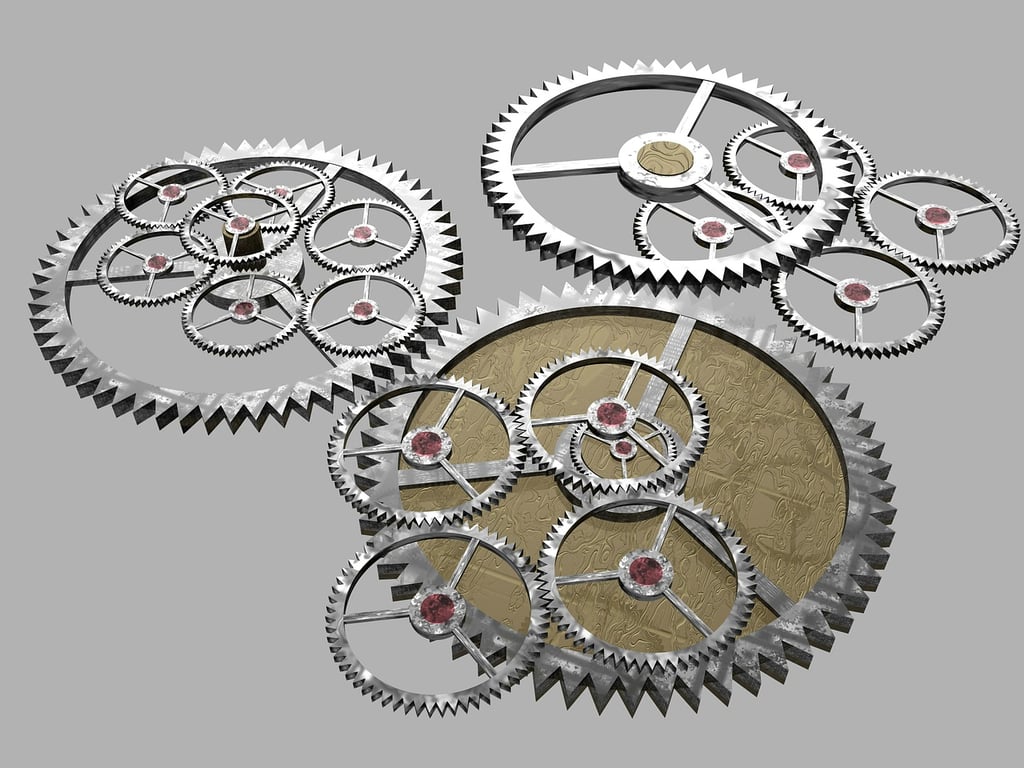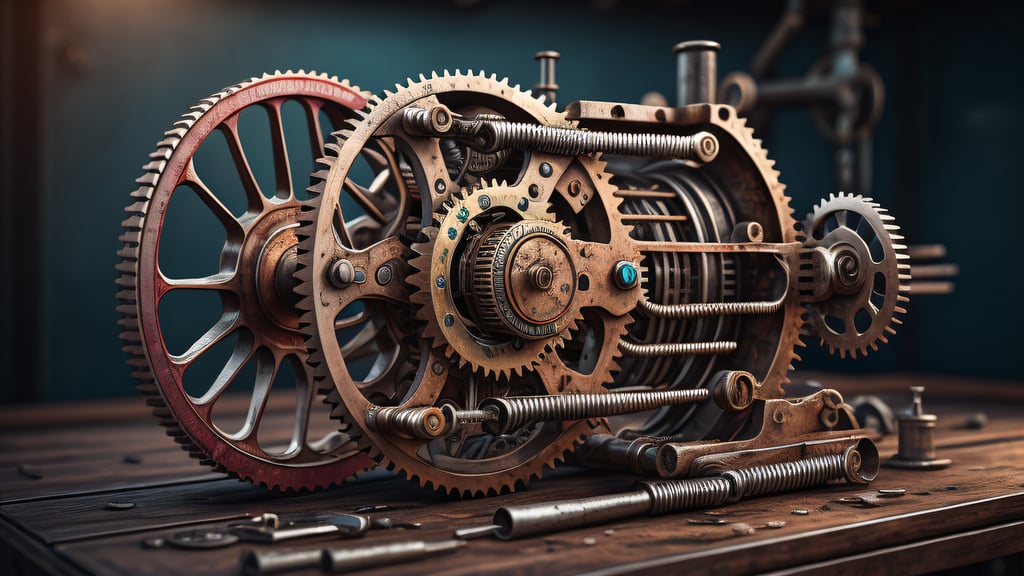When we think of the word "tension," it often brings to mind feelings of stress or conflict. However, mechanical tension goes beyond human emotions and plays a crucial role in various aspects of our everyday lives. From the structures that support our buildings to the mechanics that propel our vehicles, mechanical tension is a fundamental force that drives many physical phenomena. In this article, we will delve into the concept of mechanical tension and explore its significance in different contexts.
The Basics: Defining Mechanical Tension
Mechanical tension refers to the force that is exerted upon an object when it is stretched or pulled in opposite directions. It occurs when an external force is applied to an object, causing it to deform or elongate. This force arises from the interactions between the atoms or molecules that make up the object, resulting in an internal resistance to the external force.
When a material experiences mechanical tension, it tends to elongate along the direction of the applied force. This elongation occurs until the force is balanced by an equal and opposite force within the material, known as the restoring force. The concept of mechanical tension is closely related to elasticity, as materials with higher elasticity exhibit greater resistance to deformation under tension.
Applications in Engineering and Structural Design
Mechanical tension plays a vital role in engineering and structural design. Understanding how materials behave under tension is crucial for creating safe and reliable structures, whether it's a bridge, a skyscraper, or a simple household item. Engineers carefully analyze the mechanical properties of materials to ensure that they can withstand the forces they will be subjected to.
For example, when designing a bridge, engineers need to consider the tensile strength of the materials used for the cables and support structures. The cables must be able to withstand the tension caused by the weight of the bridge and the forces exerted by wind, traffic, and other external factors. By accurately calculating and accounting for mechanical tension, engineers can ensure the stability and longevity of the structure.
The Role of Mechanical Tension in Muscles and Biomechanics
While mechanical tension is essential in the field of engineering, it also plays a crucial role in the human body. Our muscles rely on mechanical tension to generate movement and perform various functions. When we contract our muscles, they exert tension on the tendons, which then pull on the bones, resulting in movement.
In biomechanics, mechanical tension is a key factor in understanding how the body moves and functions. It helps researchers and healthcare professionals analyze the forces acting on different body parts during motion. By studying mechanical tension, they can gain insights into injury prevention, rehabilitation techniques, and the optimization of athletic performance.
Implications in Material Science and Manufacturing
Material scientists and manufacturers also heavily rely on their understanding of mechanical tension to develop new materials and improve manufacturing processes. By manipulating mechanical tension, they can alter the properties of materials to meet specific requirements.
One example is the process of drawing metal wires. When a metal wire is drawn, it is subjected to mechanical tension, causing it to elongate and reduce in diameter. This process aligns the metal's crystal structure, resulting in improved strength and ductility. Similarly, in the production of textiles, mechanical tension is used to stretch and align fibers, enhancing their properties and improving the overall quality of the fabric.
Conclusion
Mechanical tension is a fundamental force that impacts various aspects of our lives, from the design of structures to the functioning of our muscles. Its understanding and application in engineering, biomechanics, material science, and manufacturing allow us to create safer and more efficient structures, improve human performance, and develop innovative materials. By harnessing the power of mechanical tension, we continue to push the boundaries of what is possible in the world around us.


